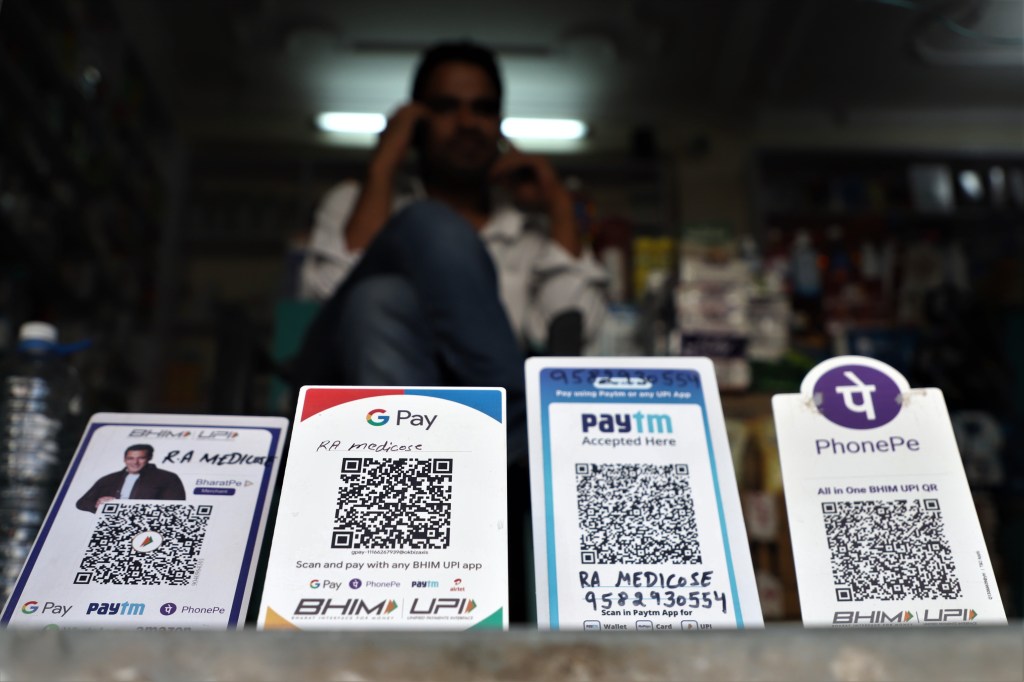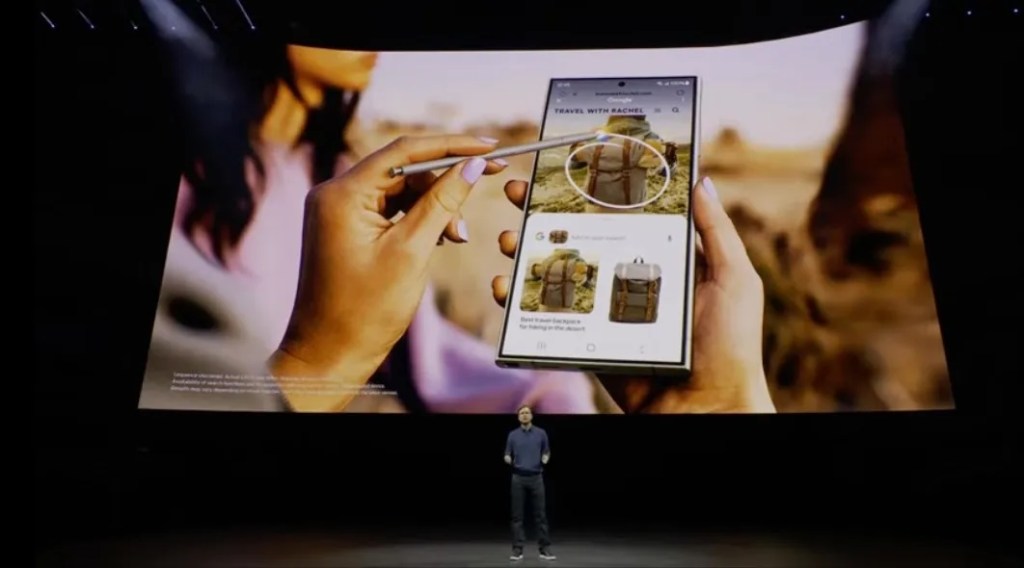Gary Little
In the current environment, businesses are now tasked with balancing the push toward recovery and developing the agility required to stay on top of reemerging COVID-19 obstacles.
Location data is absolutely critical to such strategies, enabling leading enterprises to not only mitigate challenges, but unlock previously unseen opportunities. Throughout the COVID-19 recovery era, location data is set to be a core ingredient for driving business intelligence and building sustainable consumer loyalty.
Advances in cloud-based location service are ushering in a new era of location intelligence by helping data engineers, analysts, and developers integrate location data into their existing infrastructure, build data pipelines, and reap insights more efficiently.
Scalable and data-rich location services are helping consumer-facing business drive transformation and growth along three strategic fronts:
Creating richer consumer experiences
Better in-app experiences lead to improved consumer engagement and lasting loyalty. Many of the world’s largest tech companies are already accessing point of interest (POI) data via the AWS Data Exchange (ADX) platform in order to power the core search, discovery, and map-building features that make their apps more useful and entertaining.
For example, Nextdoor, which helps users explore and engage with others in their neighborhoods, utilizes POI data to improve business data coverage and quality as well as discovery, verification, and onboarding experiences.
Brands across industries are using cloud-native location data with other downstream cloud services. For instance, integrating independent data location platforms with knowledge graph applications helps brands uncover popular nightlife and leisure trends for their users, fueling powerful in-app search and discovery experiences.
Layering foot traffic or POI data with first-party data can help to derive more nuanced insights about app users, leading to richer CRM databases, optimized targeting, and improved personalization. Data exchange integration makes moving third-party data to customer data lakes faster than ever before — often in just three to four days. As the pandemic continues to spark monumental shifts in the ways that consumers move through the world and interact with brands, these types of insights — and the speed it takes to arrive at them — are invaluable.
Converting foot traffic data into critical insight
The ability to monitor shifts in consumer preferences and behaviors at discrete locations allows businesses to adjust marketing and share acquisition strategies, inventory planning, market analyses, and much more. Insights derived from marrying location and traffic data can drive opportunities to grow revenue, cut down on costs, and innovate.
Retailers can even augment their existing demand forecasting models in the cloud with foot traffic and POI data. Such analytics are more valuable than ever as retailers attempt to keep pace with fluctuating crowds due to social distancing, and work to capitalize on both digital and physical shopping habits.
An excellent demonstration of this point is how foot traffic data collected from throughout the U.S., indexed to February 19, 2020 (pre-pandemic), provides a comprehensive, evolving look into how various industries are impacted by and/or recovering from the pandemic’s ripple effects.
Consider the travel industry. In April 2020, foot traffic to airports was down 74% compared to February of that year. By May 2021, it had rebounded to just -28%. As of December 2021, the emergence of the Omicron variant and staffing and logistics troubles with airlines likely contributed to renewed declines in foot traffic (-30%).
Monitoring such fluctuations carefully can help more than just the airline industry better predict and understand their consumers’ behaviors — it can also allow retailers, quick-service and fast-food restaurants, hotels, and other travel-adjacent businesses to devise better strategies around inventory, staffing, marketing efforts, and more.
Scaling up (and back) intelligently
Analyzing both POI and foot traffic data can inform smarter market analyses and more informed site selection and expansion strategies. Users can draw from rich details about each venue to find the best places near them and use place-probability algorithms to predict a future location.
For example, Yum! Brands, which owns Taco Bell and KFC, recently leveraged cloud-based location services and data exchanges to build a market planning tool that bolsters its global site selection strategy.
There is no denying that the coronavirus pandemic has upended previously well-designed market expansion strategies. Thousands of businesses were forced to close their doors for good. But many businesses also opened. Our own data suggests that many major U.S. cities were seeing a boom in new restaurant openings as early as April 2021, and foot traffic has remained relatively stable at -22% compared to pre-pandemic levels.
Being well appraised of how the pandemic is driving both POI and foot traffic trends can help brands and enterprises not just keep their doors open, but find opportunities for actual expansion. For instance, the shift from in-office work to widespread work-from-home affected many retailers, restaurants, and other businesses that relied on visits from professionals during lunch, happy hour, or commuting hours.
Brands and enterprises can stay on top of return-to-work trends by examining foot traffic to corporate neighborhoods and use the resulting insights to determine whether to open a new branch or venue location in such neighborhoods.
Cloud-based location services, data exchanges and advanced analytics are ushering in the next era of location intelligence. With a few clicks of a button, businesses can procure location data, move it to a cloud-based object storage bucket, and power numerous downstream cloud applications. Using visual data preparation tools, data engineers can clean and prepare third-party data faster and more efficiently.
The use cases for location data are far-reaching and ever-expanding, and businesses are able to leverage this information more efficiently. As we move through the next phases of pandemic-related economic recovery, integrating location into data strategies will be what separates those left behind from the survivors — and the survivors from the innovators.































Comment